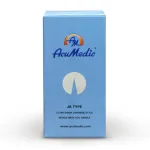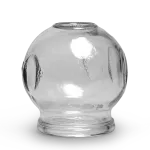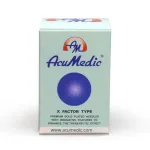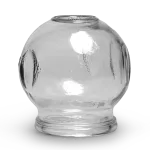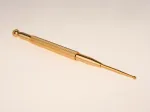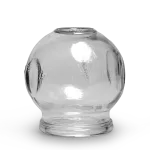Osteopathy and other systems of manual medicine have developed a variety of models for understanding the mechanics of proper an improper motion of the musculoskeletal system. In this pioneering work, that same structural vision is applied to the visceral system. The central premise of Visceral Manipulation is that the interrelationship of structure and function among the internal organs is at least as strong as that among the constituents of the musculoskeletal system; and that, like the musculoskeletal system, manipulation of the viscera can be beneficially used in the treatment of internal organ dysfunction. To this end, M. Barral and M. Mercier, have developed an innovative framework of concepts and techniques based on extensive clinical experience as well as studies utilizing radiology, ultrasound and post-mortems, which they call visceral manipulation.In the first chapter, the authors explain the precepts, theories and investigations, which led them to this unique system of treatment. The underlying anatomical and physiological bases are illuminated in the context of clinical application. The significance of mobility (the passive motion of the viscera in response to diaphragmatic excursion) and mobility (the inherent motion of the viscera), and their relationship to embryological development, are fully explained. In addition, the authors discuss how to properly evaluate patients as well as the general principles governing visceral manipulative treatment, including the powerful induction technique.The succeeding chapters delineate the functional anatomy and physiological motion of the various internal viscera, including the liver, stomach, small and large intestines, kidneys, bladder and female reproductive system. With this as a basis, the indications for evaluating specific organs, and the manipulative techniques used for different types of restrictions, are described and illustrated in detail. Associated osseous restrictions and other factors which are useful in helping patients and understanding their problems, are also provided. A final chapter discusses the critical importance of the sacrococcygeal joint and its relationship to many visceral disorders and restrictions.The significance of this work for practitioners of manual medicine cannot be overestimated. Dr. John Upledger, in this foreword, writes: The potential for the application on this concept in the diagnosis and treatment of internal organ dysfunctions is, in my own opinion, limitless.


